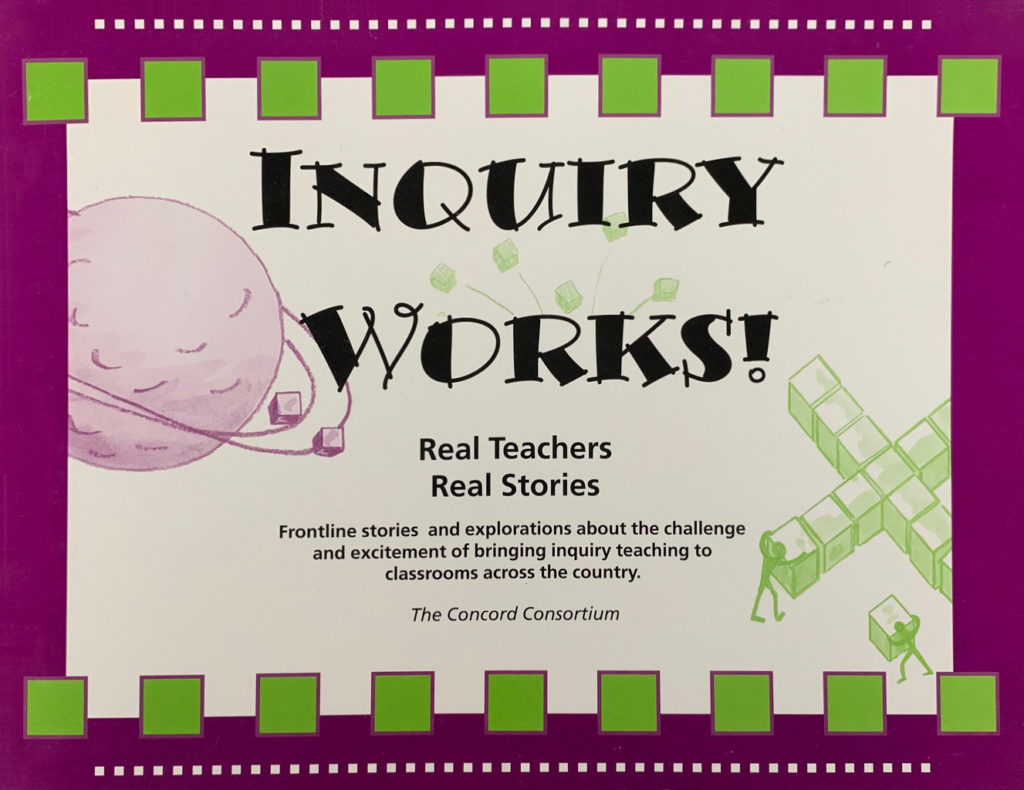Category: Teacher Ambassadors
The Concord Consortium’s Teacher Ambassador program commemorates our 25th anniversary by recognizing 25 outstanding teachers who have included our digital inquiry resources into their STEM classrooms. We congratulate them on their innovation and creativity.
The Akers School is on the relatively remote Lemoore Naval Air Station located halfway between San Francisco and Los Angeles, in the heart of the San Joaquin Valley, an important agricultural region. Karla Orosco has been teaching 7th grade integrated science classes and electives for 18 years to Akers students who come from all over the U.S., as well as all over the world—Japan, Guam, the Philippines, and European bases.
“We wondered when you’d figure it out.” Once David Oyler decided to be a teacher, his friends and colleagues wondered what had taken him so long. They understood his heart lay in teaching long before he did.
Barbara Algarin was a chemistry major who also tutored other students in chemistry while in college and afterwards. “I had always dreamed of becoming a veterinarian, but I felt I was good at helping others in school. Then my mom mentioned that New York City was looking for people to become teachers,” she explains. Feeling at a crossroads and wanting a change, Barbara applied for a New York City Teaching Fellowship, a program that prepares applicants to teach high-needs subjects such as science in New York City classrooms. The first time she applied, they lost her application. She persisted, and applied again the following year and was accepted.
Christine Fernandes began as a horticulture major at Pennsylvania State University, but transferred to agricultural education so she could become a teacher. She absolutely loves her career choice. She learned about the Concord Consortium through a listserv from her alma mater. We’re collaborating with Penn State on our GEODE project to develop new geodynamic plate tectonic modeling software for middle school students. The software is designed to allow students to observe and describe the formation of surface geologic features in terms of plate interactions. Christine explains, “It really clicked for the students, seeing what was happening below the ground in relation to the size and magnitude of the earthquakes along the western coast of South America.”
We started in a quaint but nondescript little bungalow with brown siding on a street named after Concord’s hometown boy: Henry David Thoreau. The incongruous sign out front announced: “educational technology lab.” At the time, it was anyone’s guess what that was. It was 1994 and the beginning of the Concord Consortium. In the historical […]
“Getting out of the classroom and into the world.” That’s the most exciting thing about education today, explains Andrew Njaa. A philosophy major at a liberal arts college isn’t the most obvious path to teaching physics. But after graduating from St. John’s College in Santa Fe in 1984, a new fellowship collaboration between St. John’s, the University of New Mexico, and Santa Fe Public Schools changed the course of his career plans. Andrew completed an internship learning how to teach and teaching math at Santa Fe Technical High School. He was convinced that he wanted to be in the classroom.





